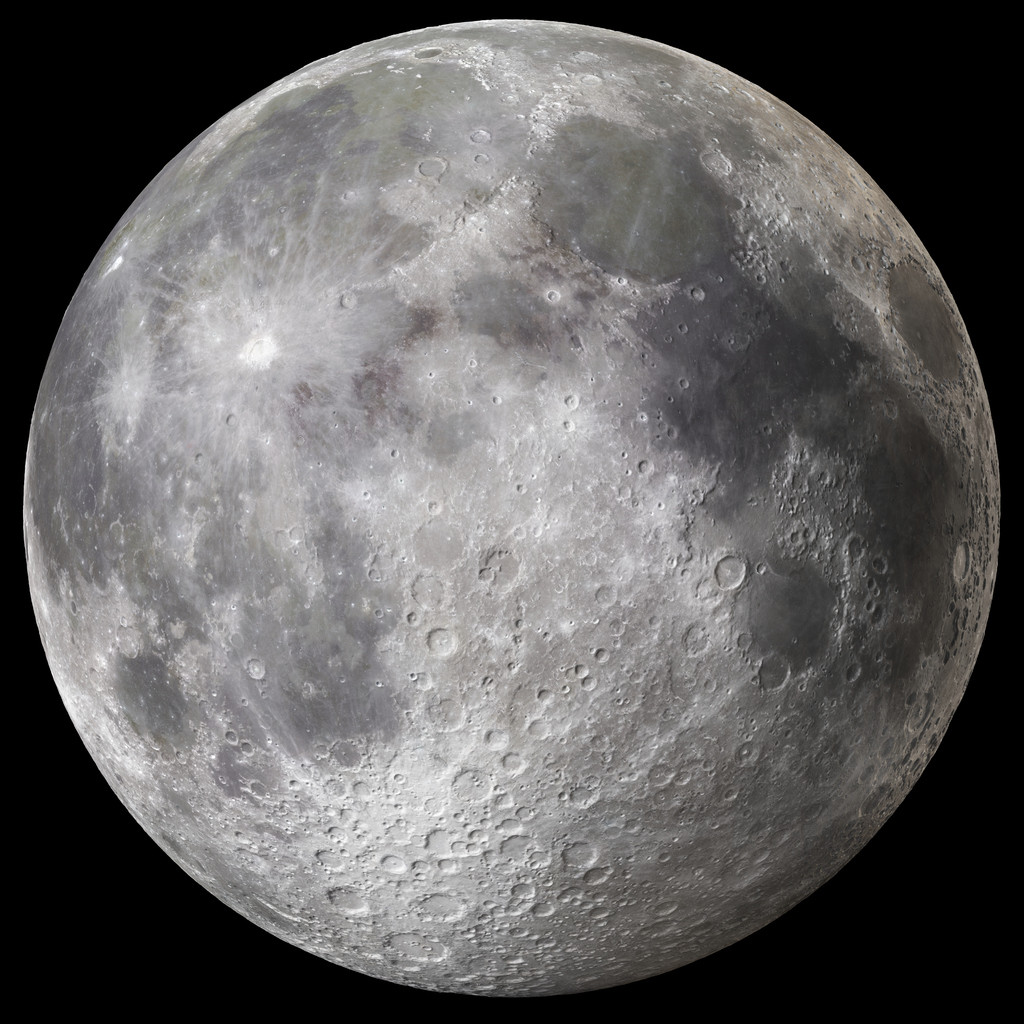NASA is going back to the moon, but no one seems to know how. In December, President Trump signed a directive to “refocus America’s space program on human exploration and discovery” starting with the moon and later transitioning to a mission to Mars.
The goal is ambitious because even those in charge are unclear about when it will happen, how much it will cost, and how NASA will carry it out. The space agency’s acting administrator, Robert Lightfoot, spoke with the Washington Post about the directive, noting that NASA would team up with other, unspecified countries on the mission. Lightfoot also said it would be a private-public partnership but failed to mention any of the companies involved.
He promised further information will be revealed once the president’s annual budget request is sent to Congress. Otherwise, he admitted, “We have no idea yet.”
Lightfoot is acting administrator until Trump nominates a replacement. His first choice, Republican Representative Jim Bridenstine of Oklahoma, was shot down by Florida Senators Marco Rubio, a Republican, and Bill Nelson, a Democrat. Many think the agency should not be led by a politician.
Others are discouraged that NASA’s mission has changed direction again, partially because money from previous investments will be wasted. Former astronaut Scott Kelly told The Washington Post, “We’re always asked to change directions every time we get a new president, and that just causes you to do negative work, work that doesn’t matter. I just hope someday we’ll have a president that will say, ‘You know what, we’ll just leave NASA on the course they are on, and see what NASA can achieve if we untie their hands.”
NASA has planned on launching a mission to Mars in the 2030s, but if the agency is directed to put a base on the moon it’s possible the Mars plan will be pushed farther into the future.
While NASA could simply visit the moon’s surface, the agency and its partners may consider building a permanent research station there instead, notes the Post. Meanwhile, commercial companies such as SpaceX are working hard to make visiting Mars a possibility within the next decade. Blue Origin, owned by Amazon founder Jeffrey P. Bezos, is also looking at ways to increase lunar activity (unless Elon Musk gets there first).
NASA is also relying on SpaceX and Boeing to bring its astronauts to the International Space Station instead of spending millions of dollars sending people there via Russia’s Soyuz spacecraft.
The key factor is money.
“If you only have a limited amount of money, maybe going to Mars is the better option rather than going back to the moon,” Kelly told the Post.


